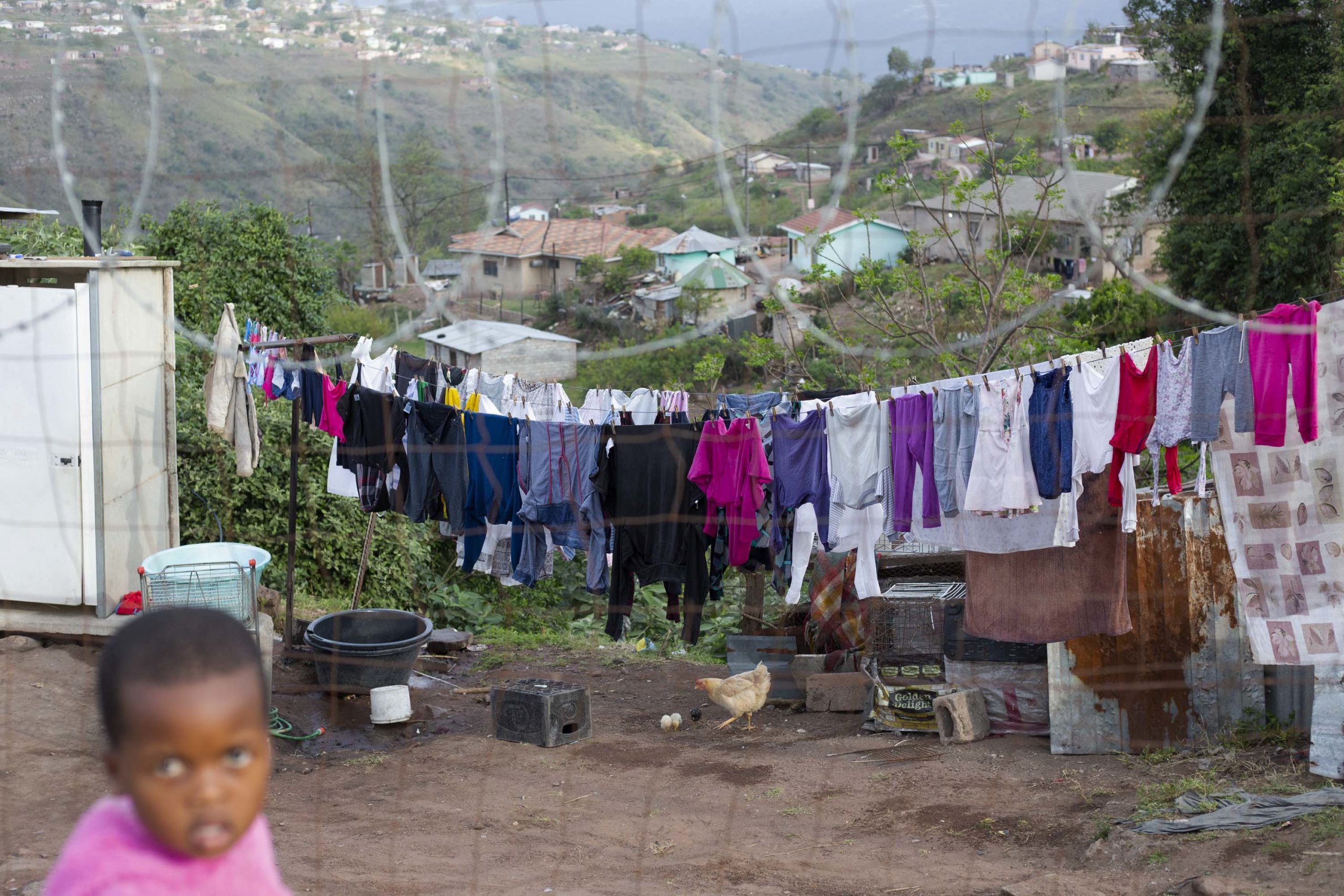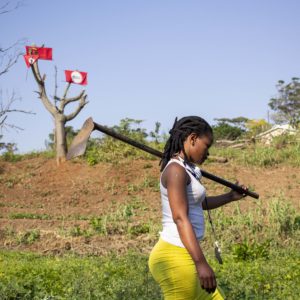‘You can’t buy much with R350 but it helped’
The Covid-19 social relief of distress grant has helped impoverished families buy much-needed food, but it is too little to provide other essentials.
Author:
14 September 2021
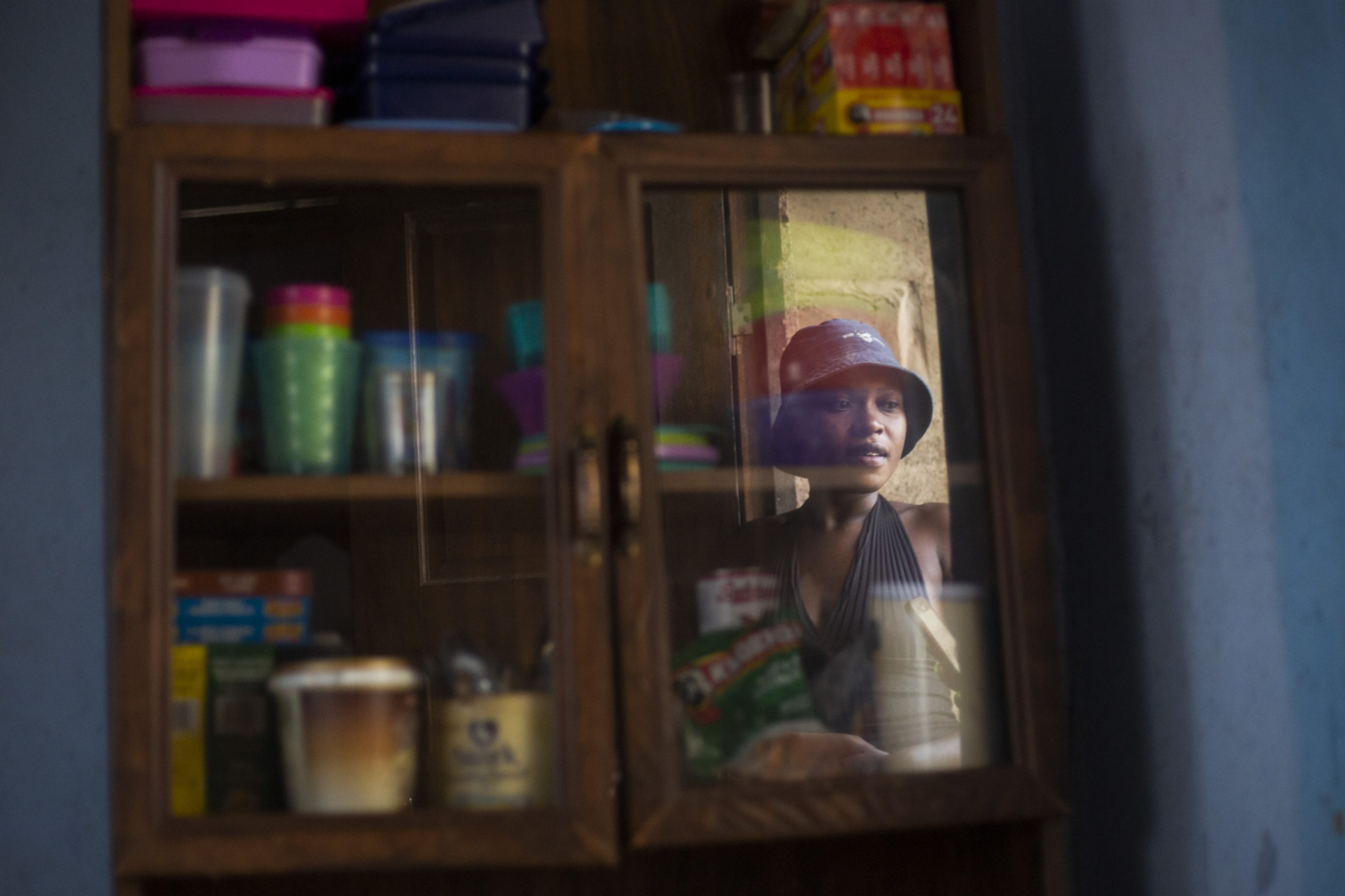
Mbali Msomi, 24, was wondering where her next meal would come from when a bank notification showed she had received the R350 social relief of distress grant. She rushed to the mall in Mpumalanga township in Durban to buy some food for her family of four.
President Cyril Ramaphosa announced on 25 July that the grant would be reinstated until March 2022. The announcement came days after rioting in KwaZulu-Natal and Gauteng. In his address on 12 September, Ramaphosa said 12 million people had applied for this round of the grant.
The second round of social relief of distress grants now includes unemployed caregivers who receive the child support grant, 95% of whom are women, according to a GroundUp report. Recipients of the caregiver grant were excluded in the first round of the Covid-19 distress grant. Between June and October 2020, the caregiver grant was fixed at R500, but that was discontinued after October.
“When the money came, we had run out of food and had nothing to eat in the house. I was happy when I saw that I had received the grant. I borrowed money to take a taxi to the mall to buy 10kg rice and some small sishebo [meat, soup, vegetables that can be eaten with rice or another starch],” Msomi says.
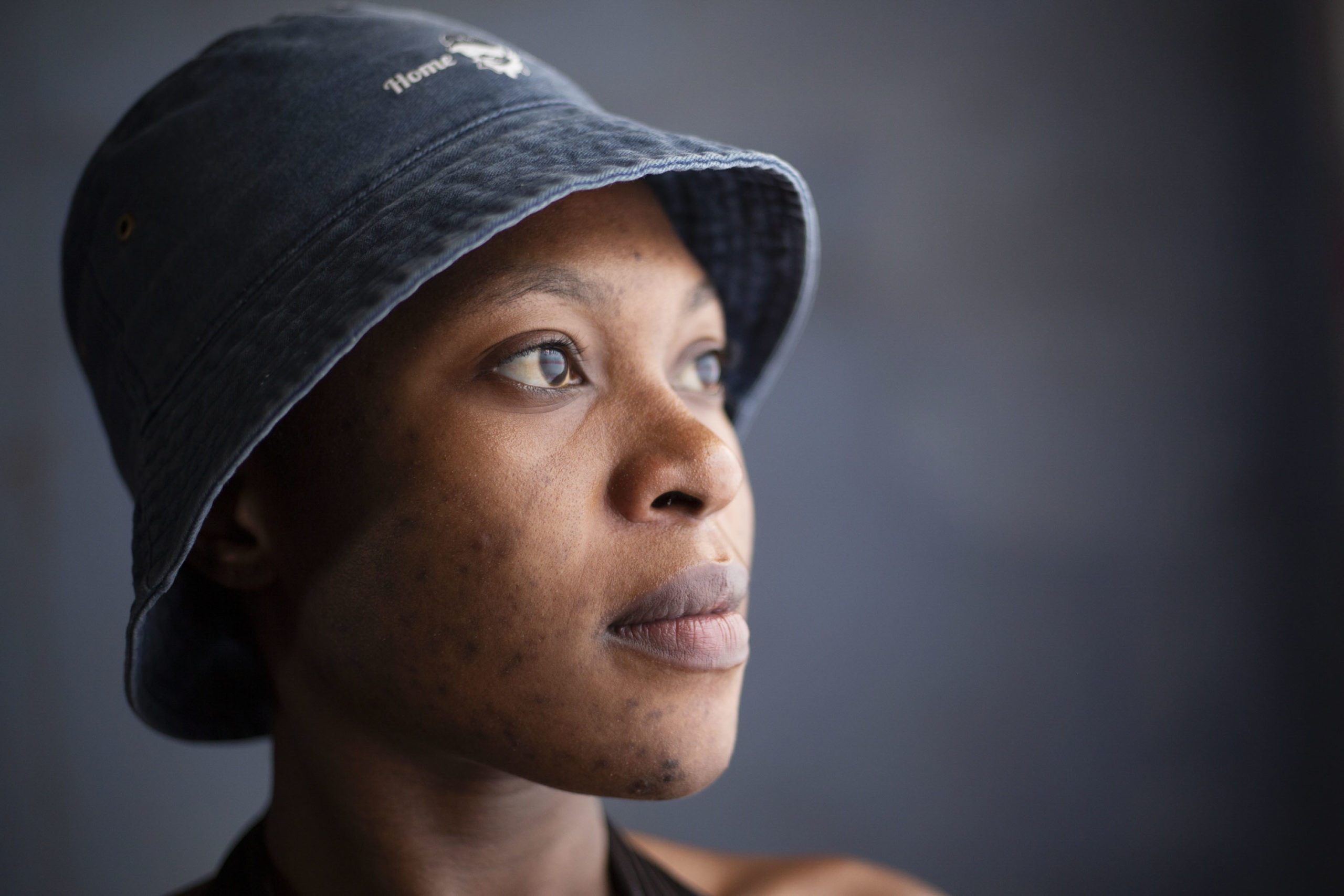
Msomi rents a single backroom with two of her sisters and her sister’s child in section 3 of the township. “We are all unemployed and there is the stress of rent every month. We are continuously looking for jobs but even that can be challenging because sometimes friends will call and say there are openings somewhere and I should hurry but I can’t because there is no money. If my sister doesn’t take from her child’s support grant so we can drop off CVs, then we borrow from loan sharks but even those options run out and when it is like that, I end up not going and miss out on that chance.”
Ndumi Mhlungu, 25, from Mondlo, a small town south of Vryheid, says she wishes the grant could buy more essentials but is grateful for the little it provides. “We were eating only pap and soup when the grant came in, so I bought mealie meal, a chicken braai pack and potatoes and that was it because food is expensive nowadays. You can’t buy much with R350 but it helped us,” says Mhlungu.
Mhlungu earned her diploma in horticulture in 2018 but is yet to find a job. She lives with 14 family members, mostly women and children. Some sell food to school children during break time. Only two are employed.
Related article:
Sphesihle Nxumalo, 33, from Vryheid says she is saving her R350 so she can attend a short course in security and safety given by the Private Security Industry Regulatory Authority at the Ingulule Security Training Centre. She hopes this will help her find work as a security guard.
“Right now I will continue to use the child support grant and support from my children’s father to meet some of our needs. I think this course will help me make income that will be more helpful in the long run,” says Nxumalo.
Most people say they spent their R350 first on starch, which includes either mealie meal, rice or potatoes. Then they buy some sort of protein, either soya mince, pilchards, chicken or small portions of cheaper cuts of beef such as tripe, liver and lungs. At the bottom of the list – if there is money left over – are spices, soups and vegetables such as onions and tomatoes.
Basic needs
Statistics South Africa adjusted the national food poverty line to R624 a month on 9 September. More than 10 million people go to bed hungry in South Africa, many of whom are in rural communities. According to the National Food Consumption Survey, “Most rural inhabitants consume diets that have very limited variety and are typically inadequate in fruits and vegetables.”
Few South Africans can afford a nutritious, balanced diet. According to the Household Affordability Index released in May 2021, an average food basket costs nearly R300 more than it did in September last year. The report was compiled by the Pietermaritzburg Economic Justice and Dignity Group, which tracks food prices from 44 supermarkets and 30 butcheries in Johannesburg, Durban, Cape Town, Pietermaritzburg and Springbok in the Northern Cape.
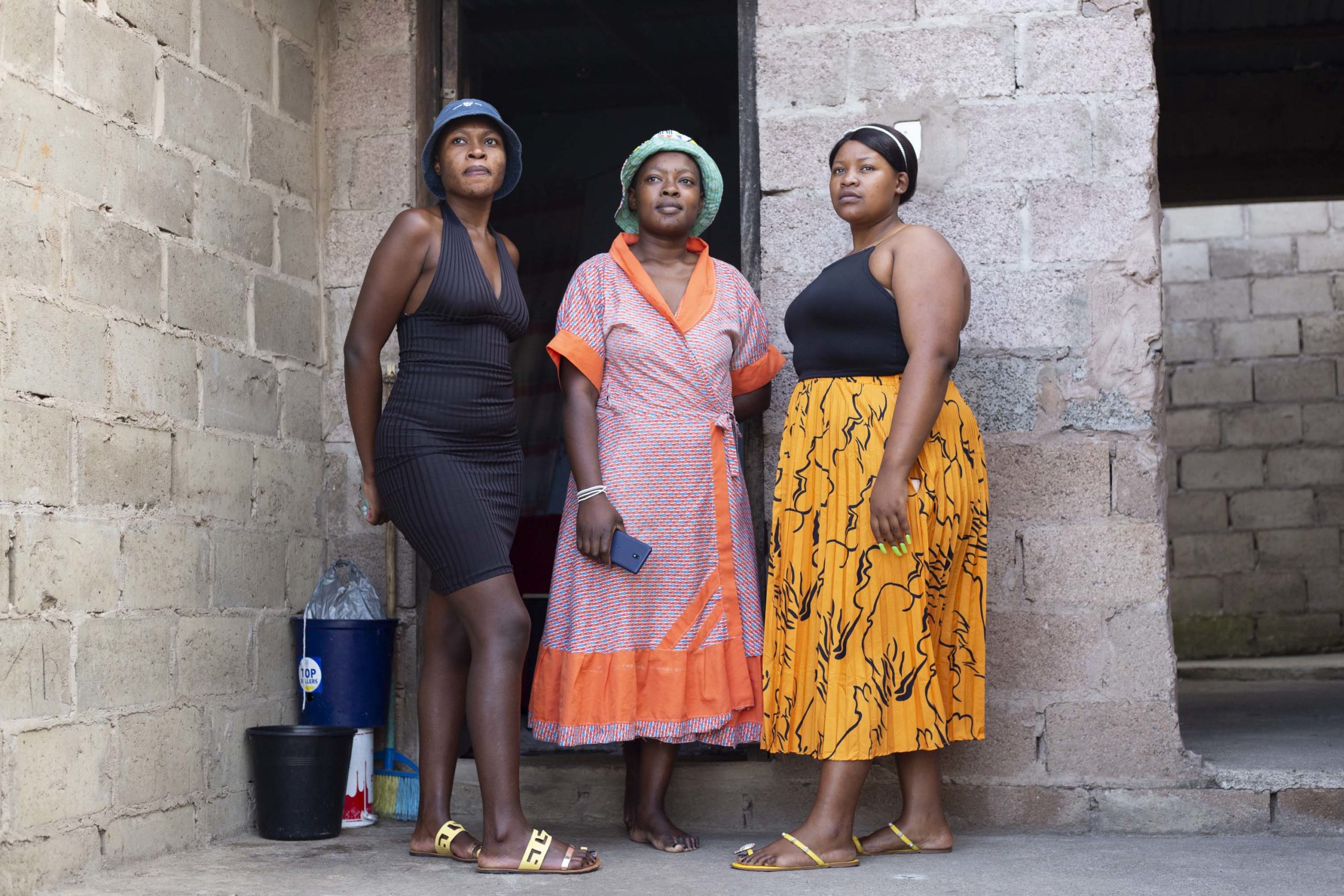
Some recipients of the grant could barely buy anything because of the cost of getting to the money. Tshepiso Masiteng, 23, from Mpumalanga says transport and bank charges ate up most of her grant. “The bank charged me and I was left with R310. Our nearest Capitec branch is 35km away so I took three taxis to get there. I spent R76 to get there and R76 to come back as well. I only managed to buy data really.”
Recipients also often have to wait in long queues at the post office to get their money. The South African Social Security Agency has been encouraging recipients to have the money put straight into their bank accounts, which is more convenient.
Msomi has other basic needs such as clothing, data, toiletries and transport that the grant cannot provide, but she is hopeful she will one day get a job so she can buy things for herself and her family.
“My biggest wish is to be able to buy a house for my sisters. Right now we are scattered all over, the others are working in Joburg and we need a home we can all come to. If it wasn’t for financial challenges I would like to study office administration, change the situation at home and not have to depend on the R350 grant,” says Msomi.
Naledi Sikhakhane is the 2022 Eugene Saldanha Fellow in social justice journalism.
Correction, 24 May 2022: The Eugene Saldanha Memorial fellowship is supported by the SET. It was incorrectly referred to as a fund.
